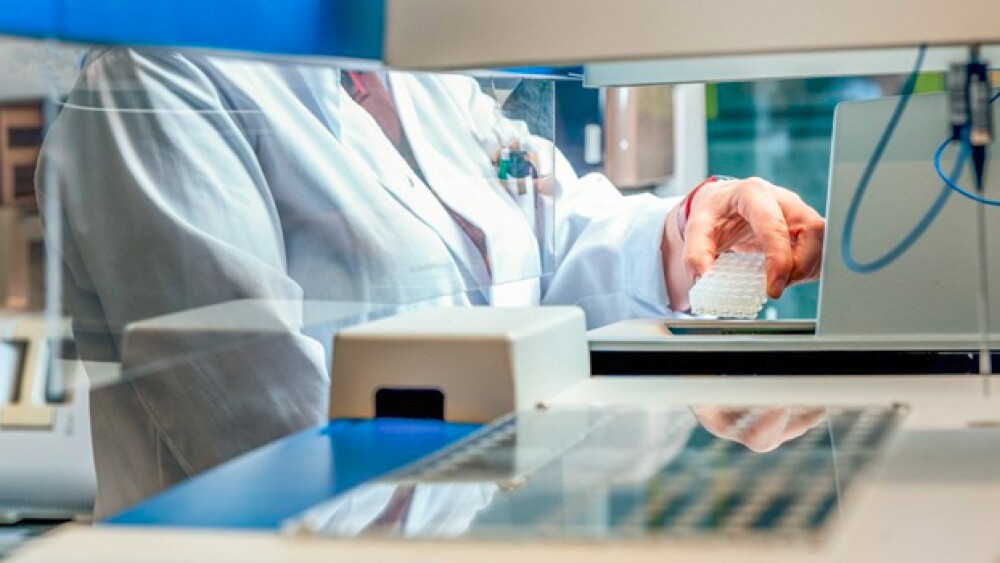Spark Therapeutics is having a really good week in what has been a very good year.
Spark Therapeutics is having a really good week in what has been a very good year. Yesterday, Spark and its partner Pfizer published interim data from its Phase I/II clinical trial for a gene therapy for hemophilia B in The New England Journal of Medicine. Today, the company announced it had signed a lease at One Drexel Plaza in Philadelphia’s University City neighborhood for its new headquarters.
Spark Therapeutics spun out of Children’s Hospital of Philadelphia in 2013. Its headquarters have been in University City at 3737 Market Street. The new site will be 107,669 square feet at 3001-3025 Market Street. This building is being redeveloped by Brandywine Realty Trust as part of its Schuylkill Yards development. According to filing with the U.S. Securities and Exchange Commission, Spark signed the lease on Nov. 20 and it will run for 15 years.
The company has a 7-month abatement with Brandywine, then its base rent will range from $17.50 per square foot to $35 per square foot, and then be subject to 2.5 percent rent increases every year. The lease also gives Spark a tenant improvement allowance of $6.6 million.
Spark has reserved the right to more space at One Drexel Plaza, including that building’s fourth floor and some of the space on the garden level. In addition, it has three consecutive 5-year renewals after the initial 15-year lease.
In terms of yesterday’s news, the company’s SPK-9001 was evaluated on 10 adult males for 492 weeks after treatment. Hemophilia is a rare genetic bleeding disorder, where the clotting factor is deficient, resulting in slower clotting times. It is almost exclusively observed in males. About one in 25,000 male births have hemophilia B, which involves a deficiency in clotting factor IX. The current standard of care is recurrent intravenous infusions of either plasma-derived or recombinant factor IX.
In the Phase I/II trials, SPK-9001, a gene therapy, resulted in a mean steady-state factor IX activity of 34 percent of normal (range of 14 to 81 percent) after a single treatment. The annualized bleeding rate (ABR) was cut by 97 percent, from a mean rate of 11.1 events annually before treatment to 0.4 events per year after treatment. Factor IX concentrate use was reduced by 99 percent.
The upshot of the study was that, if the therapy continues to show results like this going forward, it has a possibility of being recognized as a cure of the disease.
On Oct. 12, the U.S. Food and Drug Administration (FDA)’s Cellular, Tissue and Gene Therapies Advisory Committee unanimously recommended approval of Spark’s Luxturna (voretigene neparvovec), a potential one-time gene therapy for vision loss due to confirmed biallelic RPE65-mediated inherited retinal disease (IRD).
“There currently are no pharmacologic treatment options for people living with RPE65-mediated IRD, who in most cases progress to complete blindness,” said Albert Maguire, the principal investigator and professor of ophthalmology at the Scheie Eye Institute at the University of Pennsylvania’s Perelman School of Medicine, in a statement in October. “As a practicing physician who often speaks with patients and families living with IRDs, these conversations have been, up to now, frustrating in that there has been nothing to offer. Today’s advisory committee vote is an important step closer to the day that discussion can include potentially treating the blindness caused by their IRD.”
A final decision is expected in January 2018. If approved, it would be the first gene therapy for a genetic disease approved in the U.S., and the first drug treatment for inherited retinal disease.





